How To Do Solar Panels Work?
Solar panels, also known as photovoltaic (PV) panels, are devices that convert sunlight into electricity. This process is a fascinating blend of physics, engineering, and environmental science. Understanding how solar panels work can help you make informed decisions about using solar energy in your home or business. In this article, we will delve into the science behind solar panels, their components, and the practical applications of this technology.
The Science Behind Solar Panels
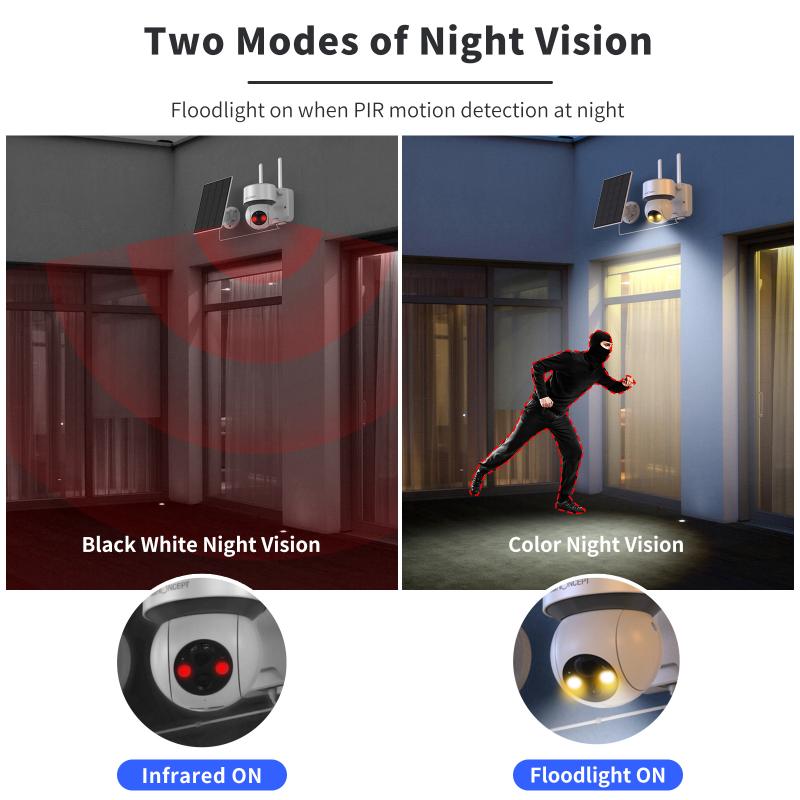
At the heart of a solar panel is the photovoltaic effect, a process by which light is converted into electrical energy. This effect was first observed by French physicist Edmond Becquerel in 1839, but it wasn't until the mid-20th century that practical applications began to emerge.
Photovoltaic Cells
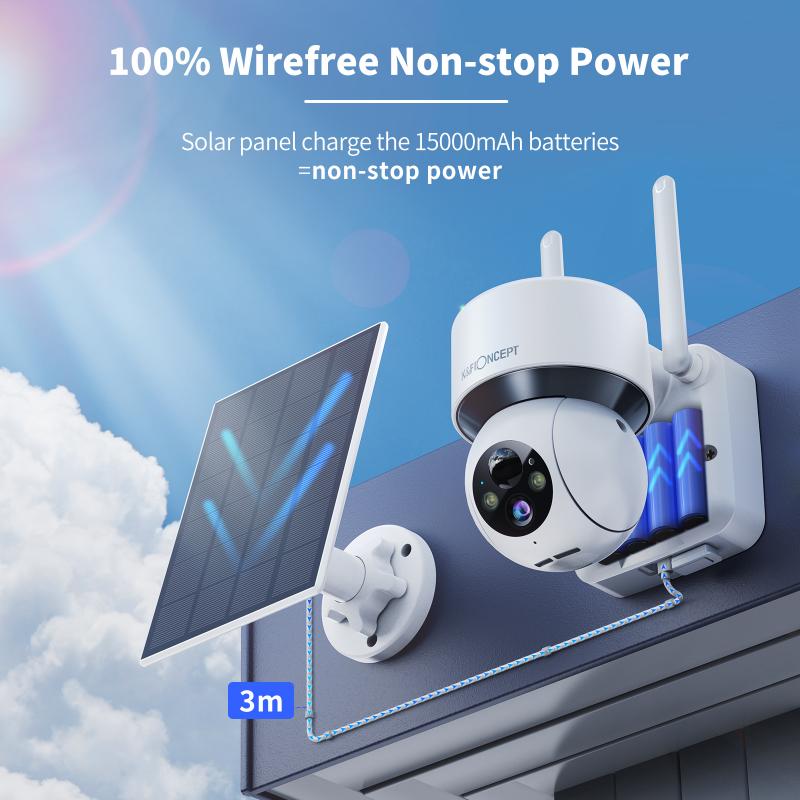
Solar panels are made up of many smaller units called photovoltaic cells. Each cell is typically made from silicon, a semiconductor material that is abundant and effective at converting sunlight into electricity. When sunlight hits a photovoltaic cell, it excites electrons in the silicon, causing them to move. This movement of electrons generates an electric current.
Layers of a Photovoltaic Cell
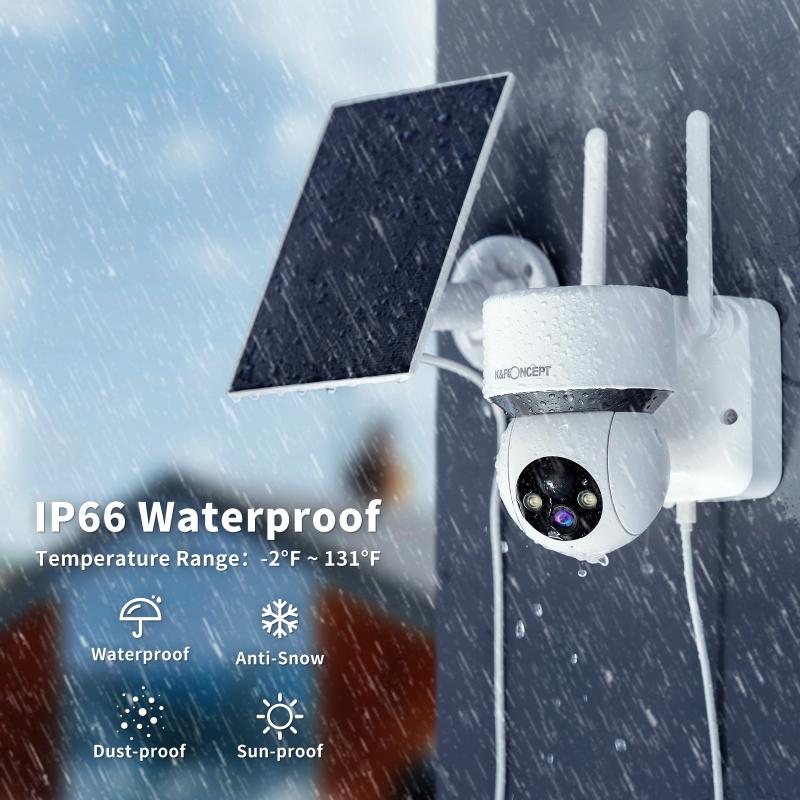
A typical photovoltaic cell has several layers:
1. Anti-Reflective Coating: This layer reduces the amount of sunlight that is reflected away from the cell, allowing more light to enter.
2. Front Contact: This layer allows electrons to flow out of the cell and into an external circuit.
3. N-Type Silicon: This layer is doped with phosphorus to add extra electrons, making it negatively charged.
4. P-Type Silicon: This layer is doped with boron to create "holes" where electrons can go, making it positively charged.
5. Back Contact: This layer allows electrons to flow back into the cell after they have passed through the external circuit.
When sunlight hits the cell, it excites electrons in the N-type silicon layer. These electrons then move towards the P-type silicon layer, creating an electric current that can be harnessed for power.
Components of a Solar Panel System

A solar panel system is more than just the panels themselves. Several other components are essential for converting sunlight into usable electricity.
Inverter
The electricity generated by solar panels is direct current (DC), but most homes and businesses use alternating current (AC). An inverter converts the DC electricity into AC electricity, making it compatible with your electrical system.
Mounting System
Solar panels need to be securely mounted to your roof or another structure. The mounting system ensures that the panels are positioned at the optimal angle to capture the most sunlight.
Battery Storage
While not always necessary, battery storage systems can store excess electricity generated during the day for use at night or during cloudy periods. This can make your solar panel system more efficient and reliable.
Monitoring System
A monitoring system allows you to track the performance of your solar panel system in real-time. This can help you identify any issues and ensure that your system is operating at peak efficiency.
Practical Applications of Solar Panels
Solar panels have a wide range of applications, from residential to commercial and even industrial uses.
Residential Use
For homeowners, solar panels can significantly reduce electricity bills and provide a reliable source of renewable energy. Many governments offer incentives and rebates to encourage residential solar panel installations, making it more affordable for the average homeowner.
Commercial Use
Businesses can also benefit from solar panels. Large commercial buildings often have ample roof space for solar panels, and the electricity generated can offset a significant portion of the building's energy needs. This can result in substantial cost savings and a reduced carbon footprint.
Industrial Use
In industrial settings, solar panels can be used to power machinery, lighting, and other equipment. Large-scale solar farms can generate enough electricity to power entire factories or even small communities.
Environmental Benefits
One of the most compelling reasons to invest in solar panels is their environmental impact. Solar energy is a clean, renewable resource that does not produce greenhouse gases or other pollutants. By reducing reliance on fossil fuels, solar panels can help mitigate climate change and reduce air pollution.
Financial Considerations
While the initial cost of solar panels can be high, the long-term savings can be substantial. Many solar panel systems pay for themselves within a few years through reduced electricity bills. Additionally, various financial incentives, such as tax credits and rebates, can offset the initial investment.
Challenges and Limitations
Despite their many benefits, solar panels do have some limitations. They are less effective in areas with limited sunlight and can be affected by weather conditions. Additionally, the initial cost can be a barrier for some people, although this is becoming less of an issue as prices continue to fall.
Future Trends
The future of solar energy looks promising. Advances in technology are making solar panels more efficient and affordable. Researchers are exploring new materials, such as perovskite, that could potentially outperform traditional silicon-based panels. Additionally, innovations in energy storage and grid integration are making it easier to incorporate solar energy into our existing infrastructure.
Solar panels are a powerful tool in the fight against climate change and a practical solution for reducing energy costs. By understanding how they work and the benefits they offer, you can make informed decisions about incorporating solar energy into your life. Whether you're a homeowner looking to reduce your electricity bills, a business owner seeking to lower operational costs, or simply someone interested in renewable energy, solar panels offer a viable and sustainable option. As technology continues to advance, the future of solar energy looks brighter than ever.



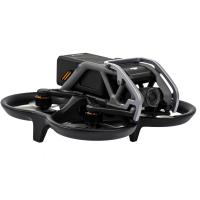

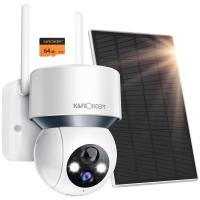



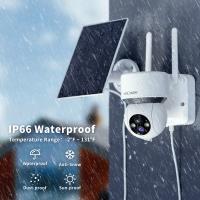
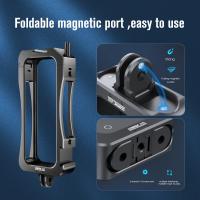
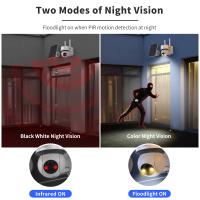
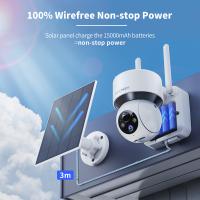




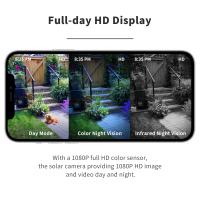
There are no comments for this blog.